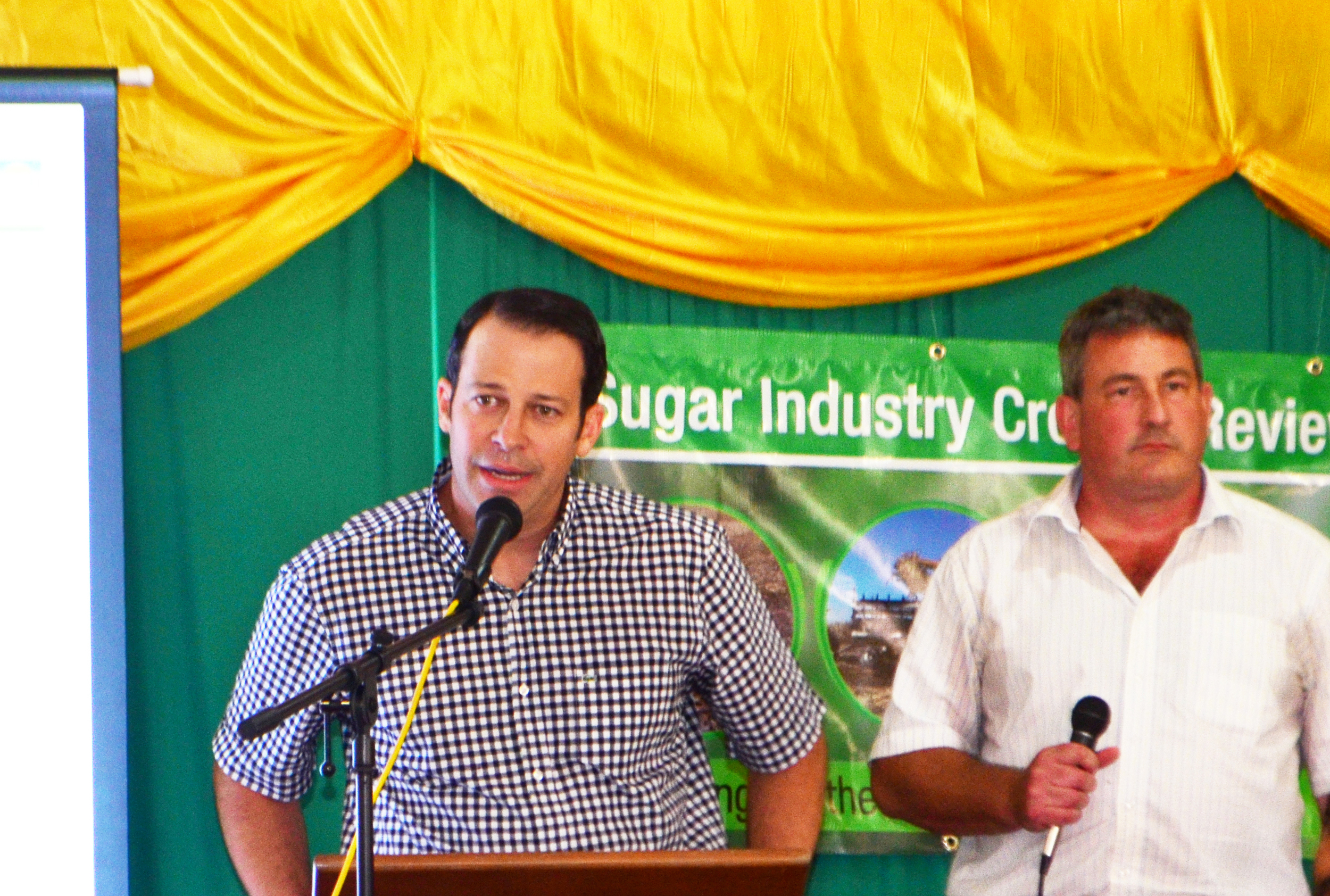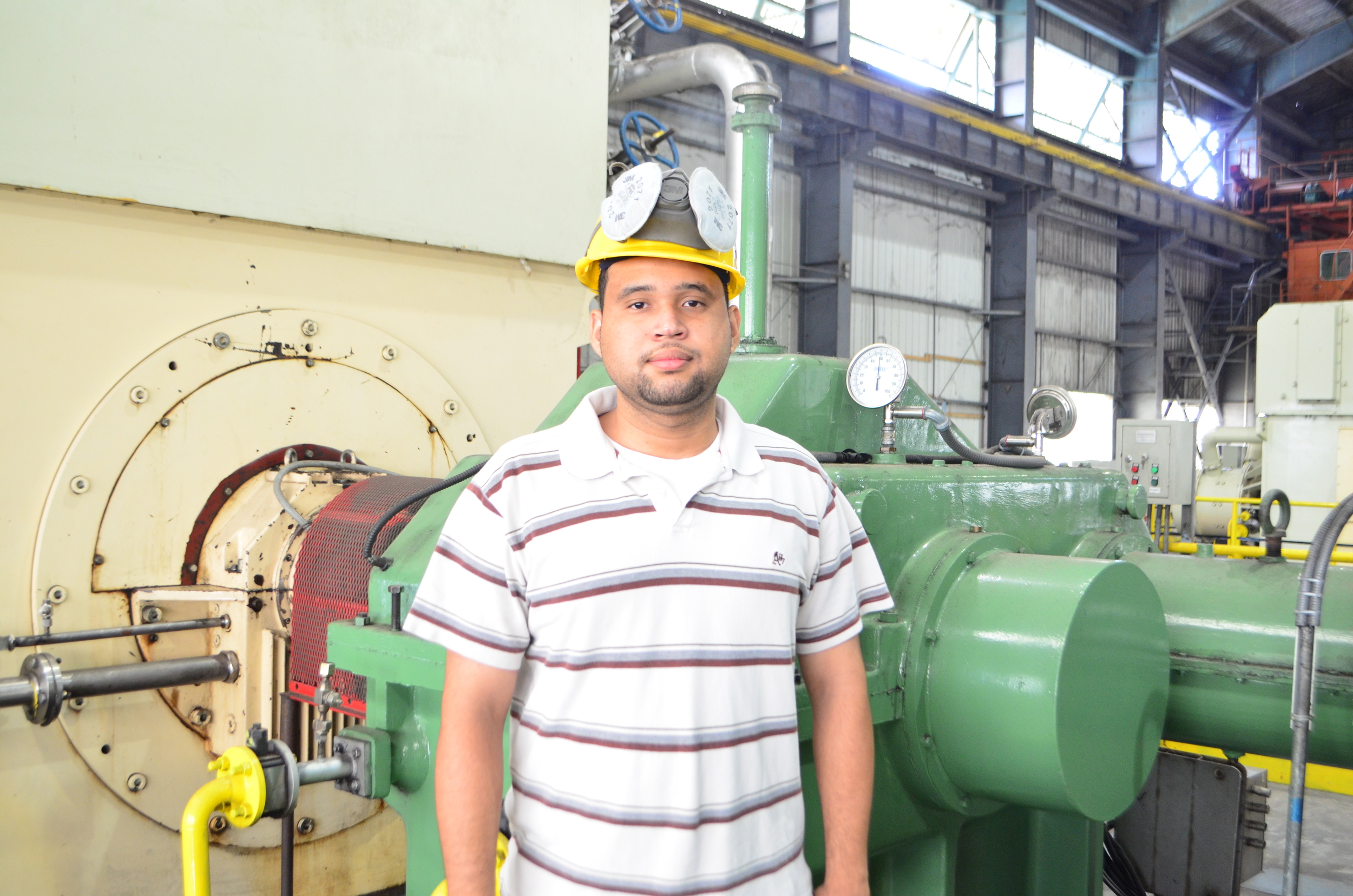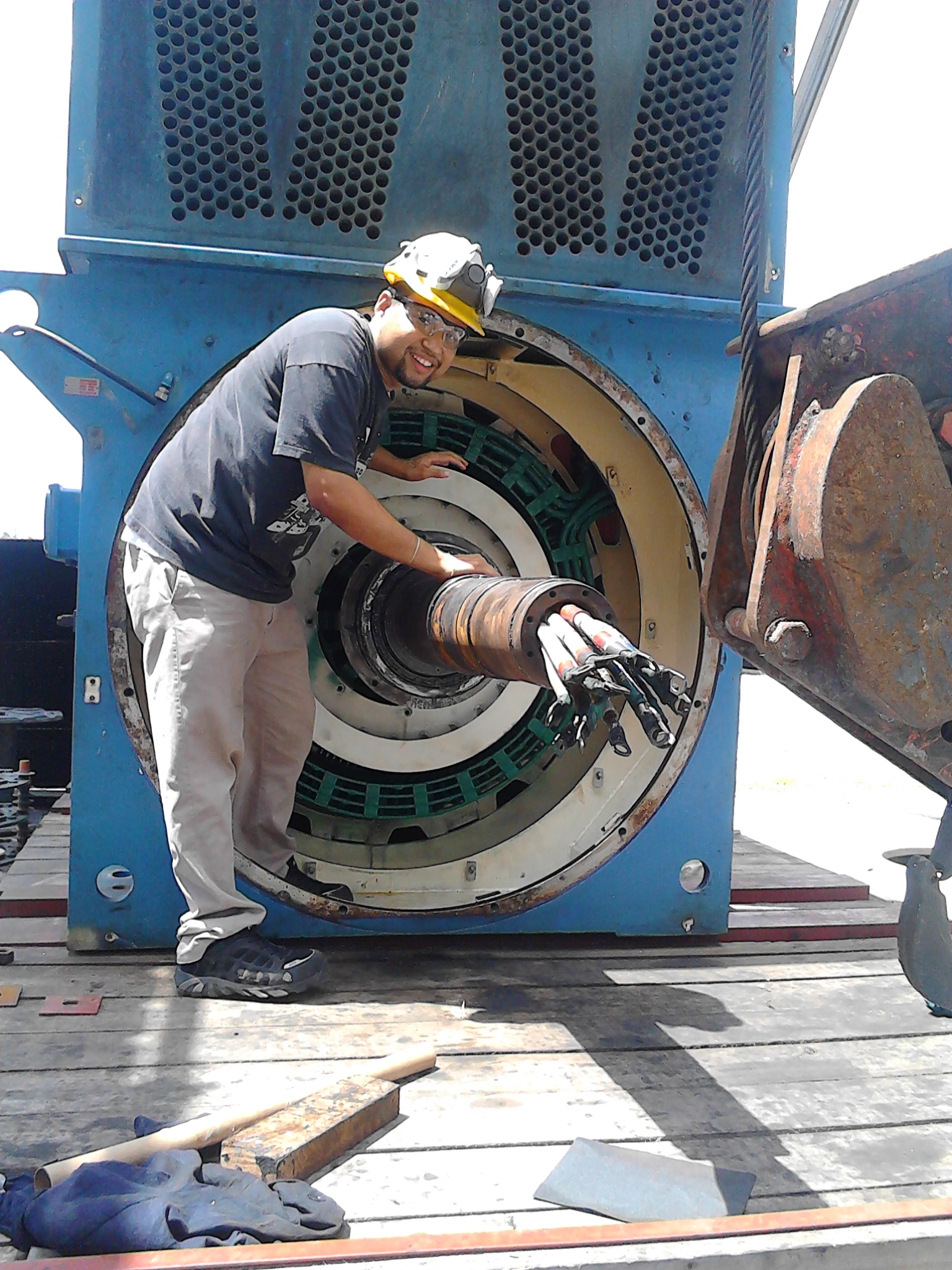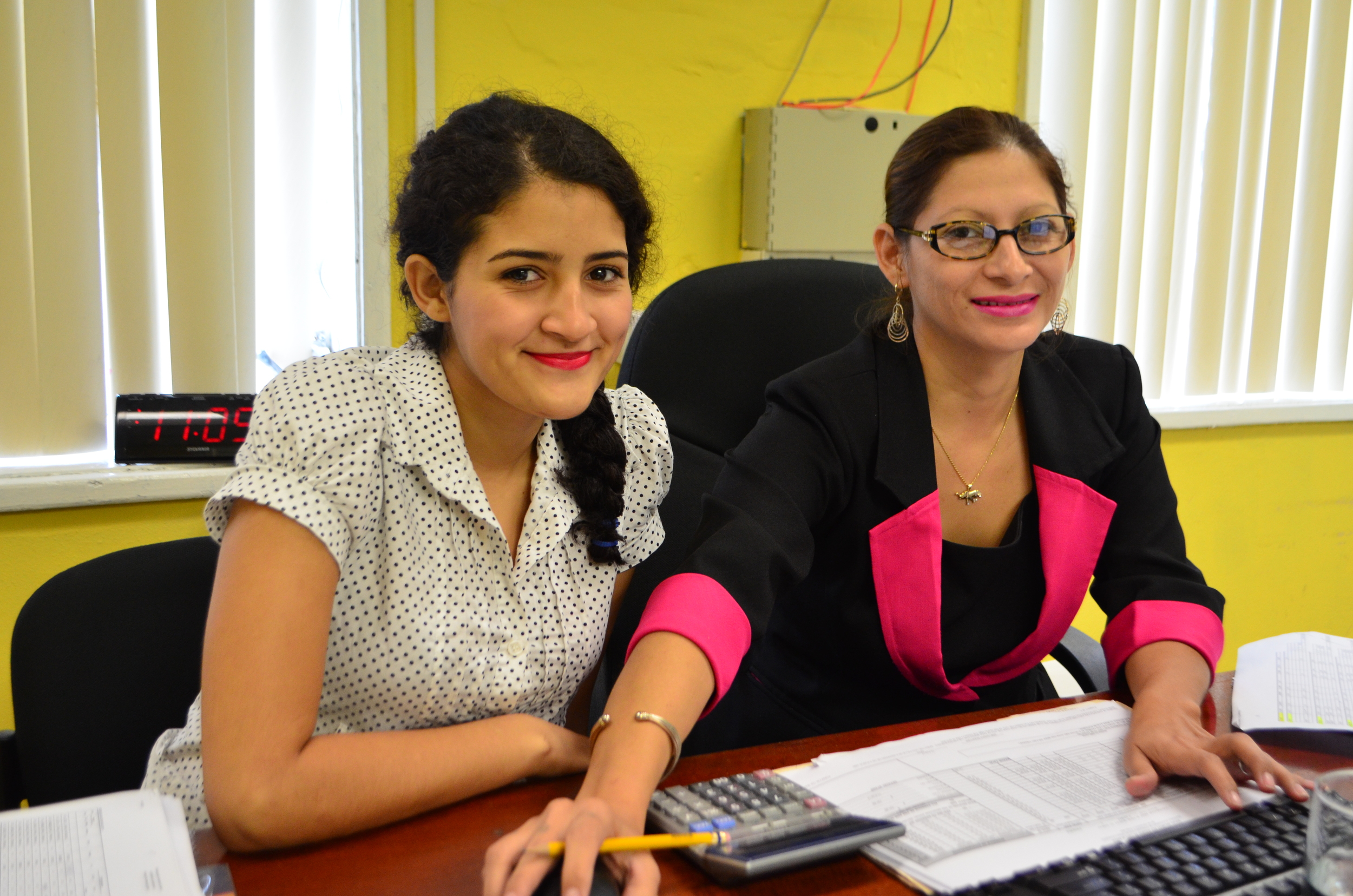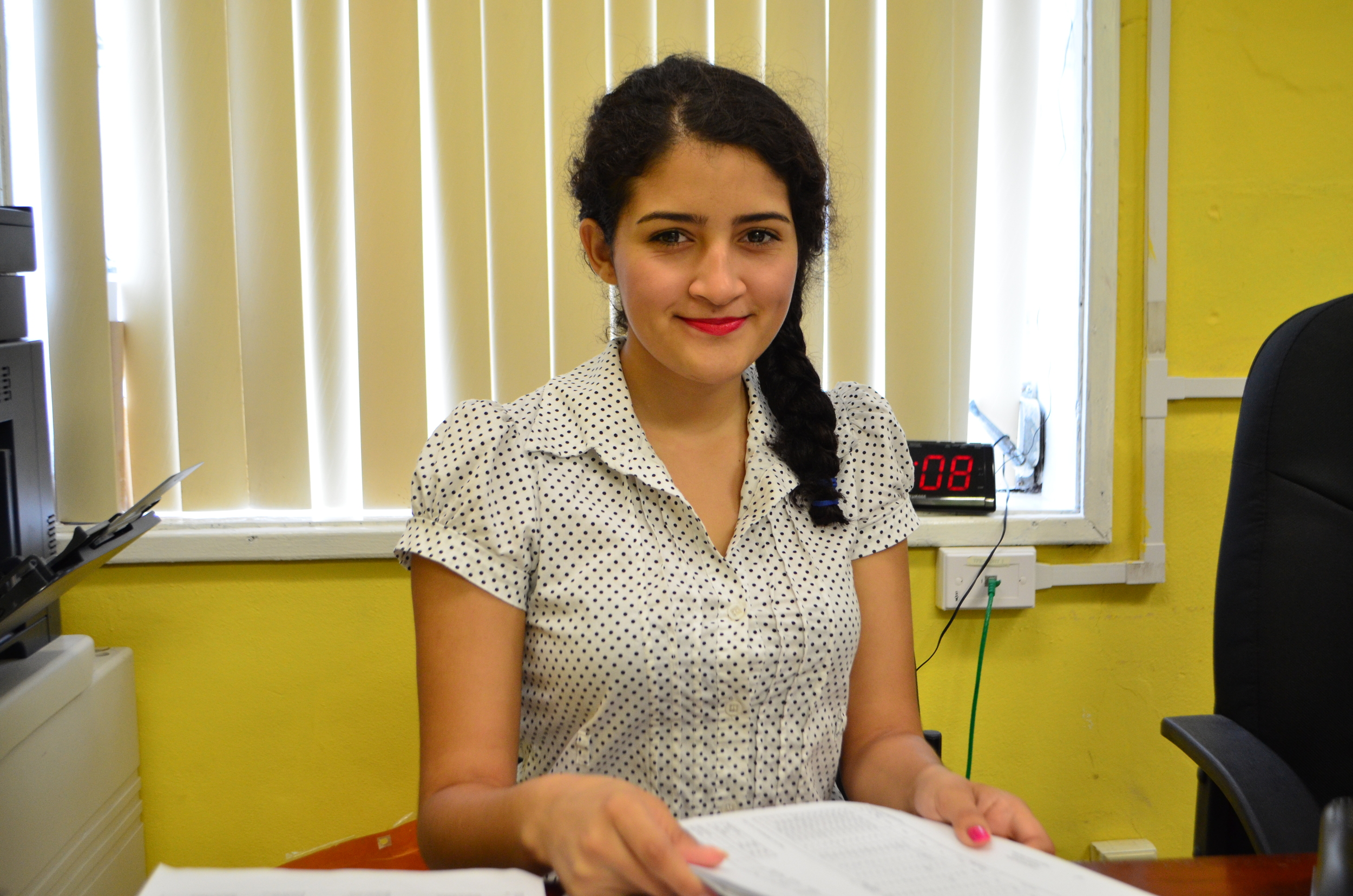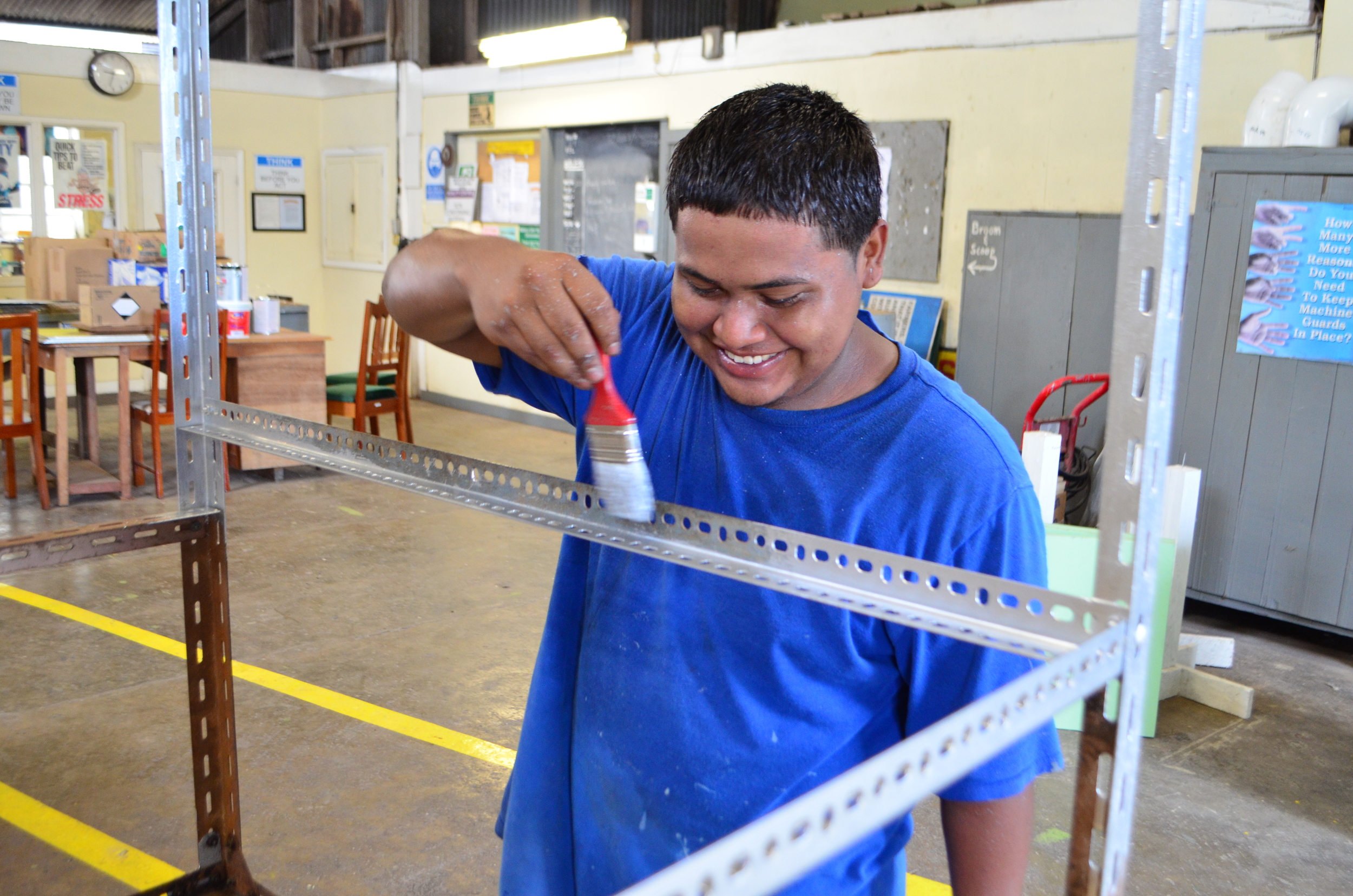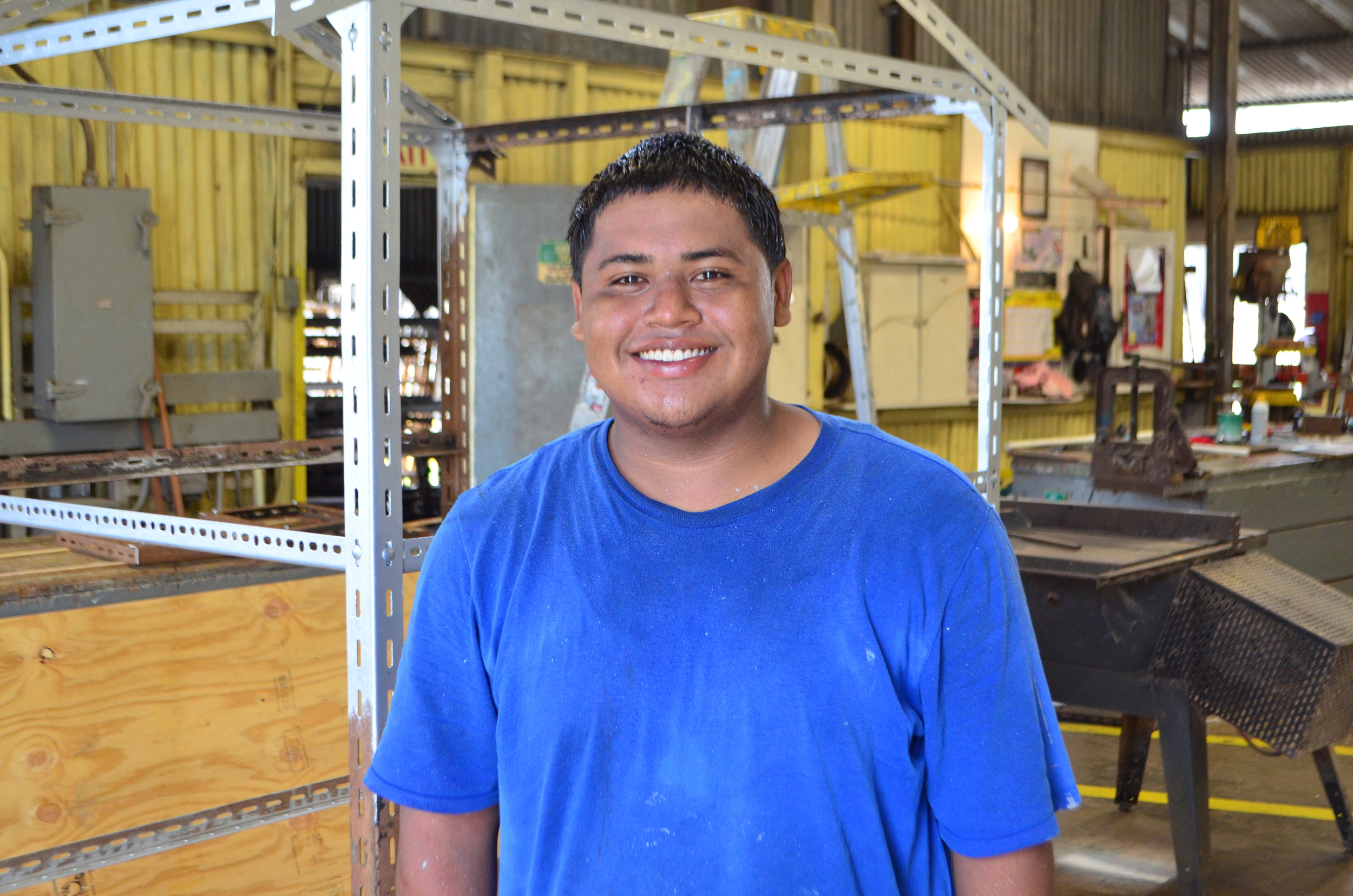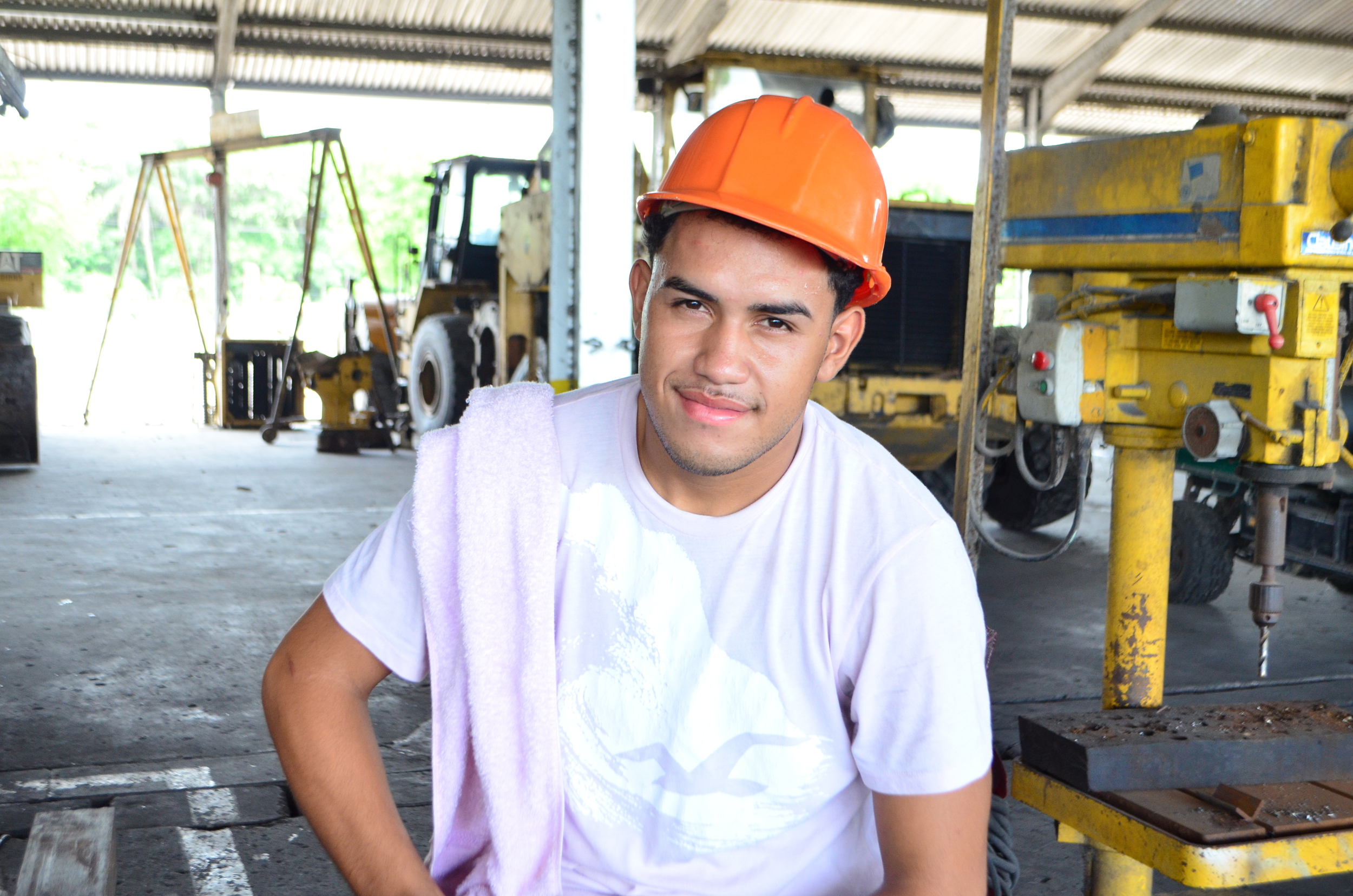350 people including cane farmers, BSI Staff, business representatives and members of government actively participated in the first ever Sugar Industry Post Harvest Conference on July 31st 2014. The theme for this year was, “Preparing for the Challenges of 2017”.
The conference was carried out to present this year’s sugar crop milling report, highlight achievements during the crop season, discuss challenges faced by industry stakeholders and to promote a positive change in the Sugar Industry. The event provided a platform for stakeholders to consider strategic opportunities for the industry, especially for the year 2017 when the regulation for the sale of beet sugar and high fructose syrup will be lifted. Mr. Jose Montalvo, BSI’s Chief Executive Officer, gave the opening remarks of the event where he emphasized the commitment of working together and jointly focusing efforts to improve the competitiveness of the industry.
Items on the agenda included a presentation of the mill report by BSI’s factory manager, Mr. John Gillett, a panel discussion led by Mr. Arturo Hernandez from the San Estevan Branch, Mr. Leonides Carrillo from the San Lazaro Branch and Mr. Modesto Ulloa from BSI’s GCP Research
Department on how to improve our harvesting and delivery system. The Sugar Cane Production Committee (SCPC) and the Sugar Industry Research and Development Institute also participated in the conference with presentations carried out by Mr. Jose Novelo and Mr. Javier Garcia from SCPC and Ms. Jessamyn Ramos from SIRDI.
Celestino Ruiz, ASR's Vice President & Mac McLachlan, Vice President of International Relations
Mac McLachlan, International Relations Vice President , Celestino Ruiz, ASR’s Vice President, and Marcos Osorio, SIRDI’s director, ended the conference with a panel discussion on the future challenges facing the industry and possible solutions to combat these difficulties. The public was given the opportunity to ask questions and give comments based on all the sessions that took place throughout the morning.
A total of 1,214,106 tons of cane were milled producing 123,801 tons of sugar and 43, 526 tons of molasses for the crop season.
The Belize Sugar Industries Limited takes this opportunity to thank everyone who participated in this important open discussion!

